The Dirt on Soil
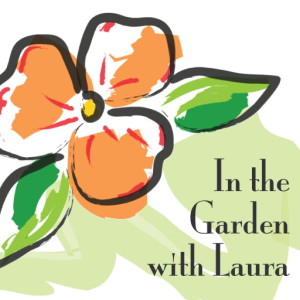 The U.S. has tens of thousands of types of soil, or soil selections as experts call them. Maryla
The U.S. has tens of thousands of types of soil, or soil selections as experts call them. Maryla
nd alone has thousands. How do you know what your garden needs? Th
is blog, which accompanies Vodcast Ep. 2, focuses on how to make your soil and plants compatible to one another. You can grow plants that are suited to your soil or amend you soil to suit your plants, if you don’t have the proper soil for your plants.
Master Gardener Terry Heinard joined me to answer some basic questions. Terry spent her career in Maryland as a Soil Conservationist working for local, state and federal governments.
Laura: What is soil?
Terry: Soil contains minerals and organic matter critical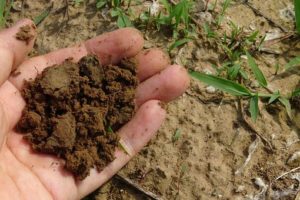 for plant growth. It is important to have the correct structure as well. You also should ask if the soil is massive like clay or sandy? If the soil is like corn bread, then it is just the right texture.
for plant growth. It is important to have the correct structure as well. You also should ask if the soil is massive like clay or sandy? If the soil is like corn bread, then it is just the right texture.
Texture is important because you want
- the roots to be able to penetrate the soil.
- water to be able to drain. It shouldn’t be too wet, nor too dry.
- spaces in the soil filled with air so there is oxygen for the plants to breath.
Laura: How do you know what type of soil is in your garden and if it is right for your plants?
Terry: Dig a hole and feel it with your hands. Is it dry or wet? During the growing season, it should be moist, not saturated.
When you take a handful of soil, what does it feel like?
- If you feel grittiness, there is some sand in the soil.
- If you get a stain that shows clay.
- If it feels silky like talcum powder, you’ve got silt.
Sometimes you can see remains of organic matter such as worm castings, etc.
Laura: What can you tell about soil by looking at it?
Terry: Observe the plants in your yard. If nutrients are lacking, it will show in the plants as they grow. They could have strange colorations in their leaves such as irregular coloration. Or their growth could be stunted indicating that they are lacking needed nutrient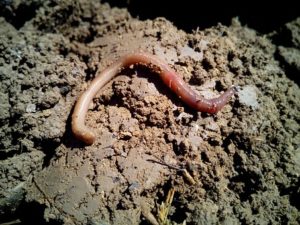 s. They could also have problems with flower and fruit development.
s. They could also have problems with flower and fruit development.
Laura: Are soil tests useful? Can you tell me about them?
Terry: Yes, soil tests will tell you what the fertility levels are. Plants need nitrogen (gas), phosphorous and potassium minerals. They also need to have the correct pH so they are able to get the nutrients from the soil.
You can get advanced soil tests that provide information about micronutrients but generally a basic one will suffice. They won’t tell you about the nitrogen levels in your soil because nitrogen is a gas. It fluctuates too much to get a steady reading.
You submit soil sample from the areas of the garden you want tested and tell the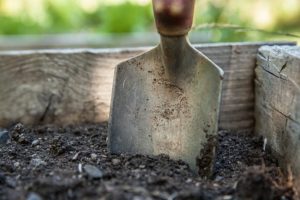 m what you plan on planting in each area. You also need to submit the necessary paperwork. The soil test lab will provide recommendations on how much potassium and phosphorous to use, what your pH levels are as well as other information.
m what you plan on planting in each area. You also need to submit the necessary paperwork. The soil test lab will provide recommendations on how much potassium and phosphorous to use, what your pH levels are as well as other information.
They cost between $8 to 15. The fee for mailing the soil is about $6. Forms are available on line and bags are available at your county extension office. It takes a couple of weeks for results to come back.
If you have had your soil tested but you continue to have serious issues in your garden or yard, have a soil test for micronutrients.
Laura: How do you interpret the results?
Terry: All labs provide soil test reports with graphical representations of results (the level of various nutrients from your soil). “Optimal” and “excessive” levels mean that the nutrient concentration in the soil is more than adequate for optimum plant growth. And, adding more of that nutrient will not improve plant growth and may have undesirable effects on the environment.
Laura: Could you explain pH levels? What impact do they have on plant choice? Can they be raised or lowered?
Terry: The pH level determines whether a soil is acidic or basic. A pH of 7.0 is neutral. Anything below 7 is considered acidic, which includes most soils east of the Mississippi river.
Many plants like a pH level in the range of 5.5 to 7. Anything above 7.5 is called alkaline or sweet.
[Editor’s note: The pH scale is logarithmic. A pH of 4 is 10 times more acidic than a pH of 5.0.
Azaleas (Rhododendrons), Hollies (Ilex) and Pin oaks (Quercus palustris) grow well in soil with a pH of 4.5 to 5.5.
Serviceberry (Amelanchier) and Fringetree (Chionanthus virginicus), two small native ornamental trees, like a pH of 5.0 to 6.0. Flowering dogwoods (Cornus florida) prefer a pH level of 5.5 to 6.0.
For more information about what pH trees and shrubs like, go to: http://pss.uvm.edu/ppp/pubs/oh34.htm]
Laura: How can I improve my soil? Should I improve it if I don’t get a test?
Terry: Add organic matter. Whether you are trying to get a heavy clay soil to drain better or light sandy soil to retain water and nutrients, one of the best ways of improving your soil is to a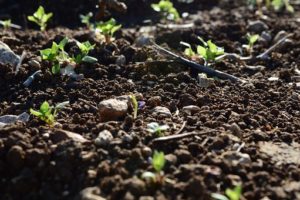 dd organic matter. Spread 2 to 4 inches of compost or well-rotted manure, for example, and work it into the soil after you kill the vegetation. Make additional applications as often as you can.
dd organic matter. Spread 2 to 4 inches of compost or well-rotted manure, for example, and work it into the soil after you kill the vegetation. Make additional applications as often as you can.
Grass clippings, leaves, organic mulches, peat moss, and topsoil are other good sources of organic matter. You can add leaves, grass clippings, manure. Mix leaves and grass clippings together. Grass clippings left alone get mushy. Brown leaves and grass, however, are a complete food that you can apply.
Note: Adding sand to clay soil will not make it drain better. When you mix sand and clay with water and allow it to dry, the result closely resembles concrete.
Continue adding organic matter. Every summer, microbes in the soil literally digest and burn up some of the organic matter in the soil. You need to keep adding more to keep improving your soil
No matter how good the quality of the plant, you will not achieve the success you are looking for without well prepared soil.
Laura: What is the best time to improve your soil? What about fertilizing?
Terry: It is good to apply a reasonable amount of fertilize to your lawn. It will help it grow thicker roots and leaves which will reduce run off (see link below).
Regarding your garden area, it is best to plan ahead. If you want to create a flower garden, improve the soil in the fall befor e your spring planting (if not earlier). It takes time to build healthy soil but you and your plants will be much more satisfied with the results than if you wait until just before you plant.
e your spring planting (if not earlier). It takes time to build healthy soil but you and your plants will be much more satisfied with the results than if you wait until just before you plant.
While you are adding organic matter to your soil, mix in any fertilizer, lime or sulfur that you need. Your soil test should offer recommendations for how much to apply. Be careful not to over-fertilize. More is not always better. For details, see the 2011 Fertilizer Use Act online at: https://extension.umd.edu/hgic
Laura: Any other tips?
Terry: Avoid compaction. You’ve worked hard to make your soil nice and fluffy and hospitable to plants. Don’t ruin it by compacting it. When it’s wet, avoid walking on the soil or working it with hand tools or tillers.
Create permanent paths that separate your planting beds e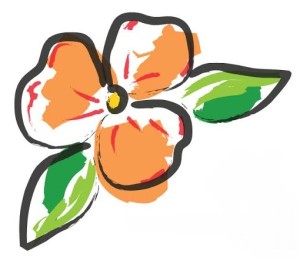 very 3 to 4 feet. Only walk on the paths. If you make wider beds, place stepping stones strategically to help you reach areas for weeding or maintenance so you don’t have to walk on the soil.
very 3 to 4 feet. Only walk on the paths. If you make wider beds, place stepping stones strategically to help you reach areas for weeding or maintenance so you don’t have to walk on the soil.
Thank you for joining us on Episode #2 of “In the Garden with
Laura!”
